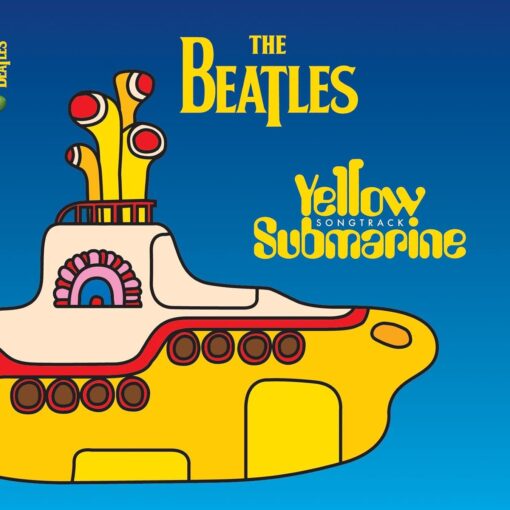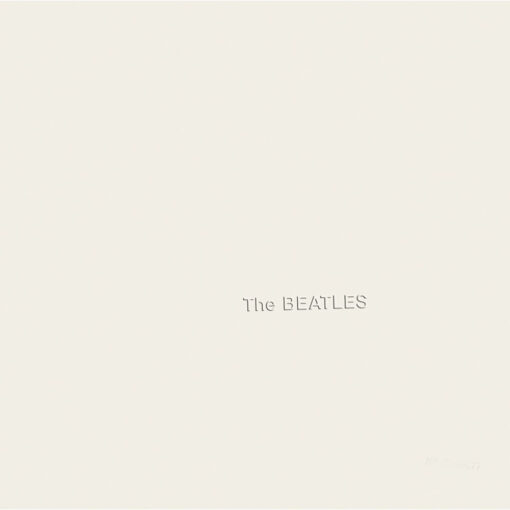Published on 1968
Author: Harrison
Track 27 on “The Beatles – White Album“
GEORGE 1977: “‘Savoy Truffle’ on The White Album was written for Eric (Clapton). He’s got this real sweet tooth and he’d just had his mouth worked on. His dentist said he was through with candy. So as a tribute I wrote, ‘You’ll have to have them all pulled out after the Savoy Truffle.’ The truffle was some kind of sweet, just like all the rest– cream tangerine, ginger sling– just candy, to tease Eric.”
GEORGE 1980: “‘Savoy Truffle’ is a funny one written whist hanging out with Eric Clapton in the ’60s. At that time he had alot of cavities in his teeth and needed dental work. He always had a toothache but he ate alot of chocolates– he couldn’t resist them, and once he saw a box he had to eat them all. He was over at my house, and I had a box of ‘Good News’ chocolates on the table and wrote the song from the names inside the lid. I got stuck with the two bridges for a while and Derek Taylor wrote some of the words in the middle– ‘You know that what you eat you are.’”
About “Savoy Truffle”
“Savoy Truffle” is featured on their 1968 groundbreaking album, universally recognized as “White Album“. George Harrison penned this song, drawing inspiration from his close associate Eric Clapton’s pronounced fondness for chocolate.
The song’s lyrics take a delectable journey through the various flavors found in Mackintosh’s Good News chocolates, all the while playfully cautioning Clapton about the potential dental consequences of his indulgence. This tongue-in-cheek warning forms the heart of the song, showcasing Harrison’s wit and creativity.
Noteworthy is the enduring musical association between Harrison and Clapton, marked not only by “Savoy Truffle” but also by Clapton’s guest appearance on the White Album track “While My Guitar Gently Weeps,” and Harrison’s reciprocal involvement in Cream’s “Badge.”
The recording of “Savoy Truffle” took place in October 1968, towards the culmination of the extensive five-month recording sessions for the album. This lively rock track, infused with elements of soul, is a reflection of Harrison’s re-embrace of the guitar as his primary instrument after a two-year immersion in the study of the Indian sitar. Notably, the recording features a horn section expertly arranged by Chris Thomas, introducing a horn-heavy motif that would later become characteristic of Harrison’s solo work.
Intriguingly, the song includes a nod to the Beatles’ own earlier work with the reference to “Ob-La-Di, Ob-La-Da,” exemplifying their propensity for self-quotation in their later compositions.
Upon its release, “Savoy Truffle” was hailed by many as evidence of Harrison’s evolving prowess as a songwriter. In more recent appraisals, it has been noted by critics like Ian MacDonald as an instance of the album’s slightly less celebrated material. However, Daryl Easlea of BBC Music lauds it as one of the album’s “doodles that delight” and sees it as a commendable complement to “While My Guitar Gently Weeps.”
Moreover, “Savoy Truffle” has found resonance beyond the Beatles’ rendition, as artists including Ella Fitzgerald, Terry Manning, and They Might Be Giants have also paid homage to this delightful composition.
Meaning of “Savoy Truffle”
The song’s lyrics were inspired by Harrison’s friend and fellow musician Eric Clapton’s fondness for sweets, particularly chocolates.
The lyrics of “Savoy Truffle” list various flavors of chocolates found in a fictional box of Mackintosh’s Good News chocolates. Harrison uses this confectionery theme to humorously caution Clapton about the potential harm excessive indulgence in sweets could cause to his teeth.
The title “Savoy Truffle” may be a reference to a type of truffle that could have been found in the Savoy Hotel in London, known for its luxurious accommodations and dining.
Overall, “Savoy Truffle” is a lighthearted and whimsical song, showcasing Harrison’s wit and creativity in its unique subject matter and playful lyrics. The track is characterized by a lively musical arrangement with an upbeat rock and soul-influenced sound.
Personnel
The Beatles
- George Harrison – double-tracked vocal, rhythm guitar, lead guitars, Hammond organ, acoustic guitar (fill)
- Paul McCartney – harmony vocal, bass guitar
- Ringo Starr – drums
- uncredited – tambourine
Additional musicians
- Chris Thomas – electric piano, organ, horn arrangement
- Art Ellefson – tenor saxophone
- Danny Moss – tenor saxophone
- Derek Collins – tenor saxophone
- Ronnie Ross – baritone saxophone
- Harry Klein – baritone saxophone[26]
- Bernard George – baritone saxophone


